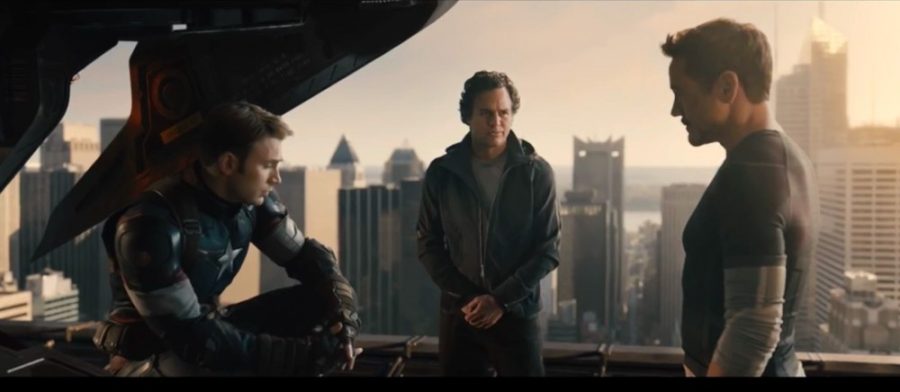Note: Spoilers for “Avengers: Age of Ultron,” and a lot of other films, follow.
“You’re afraid.”
“Of you?”
“Of death.”
This is the beginning of the final conversation between banged-up baddie Ultron and a victorious Vision at the conclusion of “Avengers: Age of Ultron,” which has now grossed $630 million worldwide. However, there’s an entity in the Marvel Cinematic Universe that may be more scared of death than the menacing robot: Marvel itself.
Death and change are powerful narrative tools, both of which Marvel has forgone in order to maintain an even keel.
This has robbed the villains of their potency. However charismatic Loki may be, he, along with the rest of Marvel’s rogue gallery, has never presented mortal danger to our heroes and heroines. How imposing of a threat can an antagonistic force be if you know that they have to be in the sequels?
Nothing bad can befall Captain America because there’s a movie with his name in it, “Captain America: Civil War,” coming out next year. The same can be said for Thor and 2017’s “Thor: Ragnarok.” In Norse mythology, Ragnarok is an apocalyptic event where, in addition to other cataclysmic occurrences, Thor, Loki and Odin all perish. So, we at least have the prospect of death.
It would be unrealistic to expect Marvel to want to part ways permanently with their primary protagonists, just as we wouldn’t expect Superman or Wolverine to be on the chopping block.
However, important supporting characters have not been so lucky. Say what you will about how Warner Bros. Entertainment and Sony Pictures Entertainment haven’t been able to establish as cohesive or impressive a film resume as Marvel — with their mishandlings of the DC Comics and Spider-Man comics, respectively. At least they were willing to pull the trigger on characters.
Rachel, Bruce Wayne’s love interest, was one of the victims of the Joker in “The Dark Knight,” and Gwen Stacy, Peter Parker’s girlfriend and emotional rock, met an untimely fate at the end of “The Amazing Spider-Man 2.” The body count in “X-Men: The Last Stand” was high, and there were quite a few high-profile names.
Any change made in the Marvel Cinematic Universe is impermanent. “Captain America: The Winter Soldier” took the biggest risk and shook things up by compromising S.H.I.E.L.D., the global law enforcement agency that had been a mainstay. One of the film’s main strengths lies in its choice not to play it safe.
However, the consequences are rendered ineffective by way of “Avengers: Age of Ultron.” In the film’s climax, S.H.I.E.L.D., or at least what’s left of it, comes to save the day.
Arguably the most emotional moment in the franchise, the death of series’ staple Phil Coulson in “The Avengers” even has an asterisk next to it. He’s still dead in the movie world but was resurrected and lives on in ABC’s “Agents of S.H.I.E.L.D.”
The one death in “Avengers: Age of Ultron” wasn’t of extreme importance, either. Quicksilver had the audience on his side by the end, thanks in part to Aaron Taylor-Johnson’s performance. The death was poignant, but the character was only around for one movie. Did I mention that another Quicksilver exists in the X-Men movies, too?
Brothers Joe and Anthony Russo, the directors who changed things up with “Captain America: The Winter Soldier,” will return for “Captain America: Civil War,” as well as both parts of “Avengers: Infinity War.” To paraphrase Ultron, Marvel wants to make great movies but doesn’t want them to change. Will the Russo brothers be the meteor to finally force the issue?
_______________
Follow Alex Guyton on Twitter.









